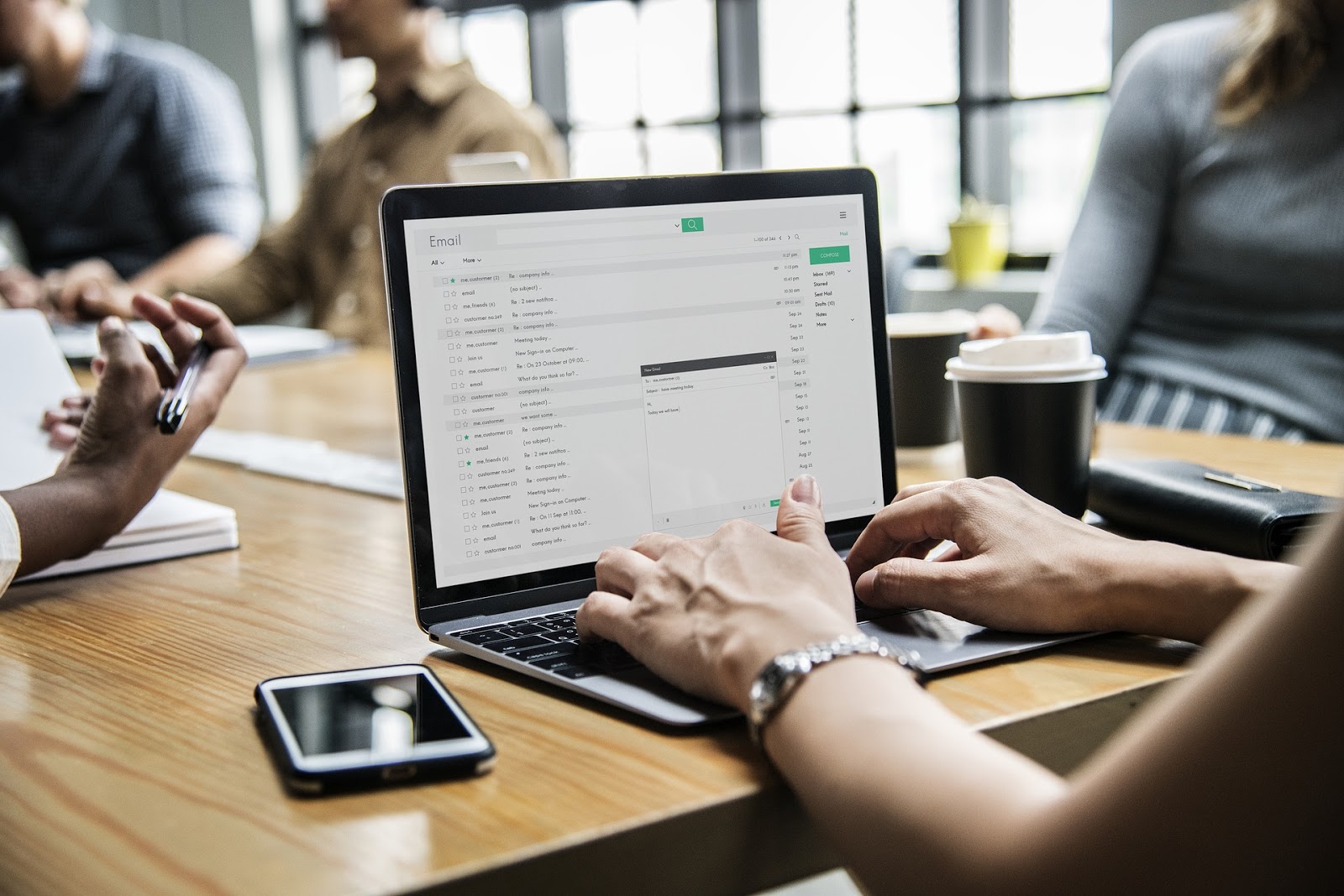
- #Best way to manage email having two computers pro#
- #Best way to manage email having two computers free#
There’s also a potential problem over snooping, since many people simply don’t want Google to have access to all of their emails and target them with ads and services based on the content. Most people can’t force their employer or ISP to use Gmail!
#Best way to manage email having two computers pro#
Problems arise if you have to access and act upon emails from multiple sources – for example, I have a mail server that looks after personal and PC Pro emails, then for my web agency, for the online survey company I help out with, plus a few more. You might ask, “why not use Gmail as your main email provider?” This is an option, especially if you use the Apps version that enables you to use your domain name (I believe our esteemed RWC editor Dick Pountain does this). It works well, but I don’t really find it particularly convenient – if you’re looking for an email from a year ago, for example, but have only a vague notion of the name of the person you were communicating with, you end up doing several searches in two different places. Many people simply don’t want Google to have access to all of their emails and target them with ads and services based on the contentĪnother option, and it’s one that I see many people recommend, is to set up a Gmail or Hotmail account and use it as an email archive, forwarding both your inbound and outbound messages there. There’s a way around this using custom VB code, and perhaps that’s something I’ll return to in the future. Unfortunately, with Outlook 2010 you can only CC, not BCC such emails, which isn’t a massive problem, but can look odd when others see that you’re CCing yourself on all of your emails. With others, Outlook being an example, you can create a rule to automatically forward all sent emails to another address, and this can be your own address, thus looping the mails back to your own account. In fact, you’ll be able to set many email clients to do that automatically. What about sent emails? How do you get those on all of your devices? Well, it’s a bit clumsy perhaps, but the simplest way is to CC (or preferably BCC) all your emails back to yourself. Oh, and what’s vitally important is that you need to make this configuration change on all of your POP3 clients – leave only one on the default setting and it will kill the setup completely. You’ll need to adjust the time period to the longest that any single device can sit on the desk without you using it.

Set that to something like 30 days, or whatever suits your working environment, and at least you’ll receive all of your email on all of your devices. By default, most email clients will delete an email from a POP3 server as soon as it’s been downloaded: you’ll usually find an option buried somewhere in the settings or options, to “leave email on the server for xx days”.
#Best way to manage email having two computers free#
There are a number of solutions, and I’ll run through several here – my list won’t be comprehensive, and I’m sure some of you will have other (probably better) ideas, so feel free to add a comment below.

Likewise, if you replied to an email a couple of weeks ago and want to refer back to it in your Sent Items folder – again, with a traditional POP3 setup – you’ll need to be on the same machine to do this. If you’re still working with POP3 (and many people are forced to), a particular incoming email might have been downloaded on one device and deleted from the server then, if you want to reply to it from your phone or tablet, you’ll find it isn’t there. No, what bugs people is keeping their email properly synced across multiple computers and handhelds. There are problems, however, and they arise not so much from sending or receiving email – most devices these days come with brilliant clients for doing that.

I don’t think it’s unusual to have a work PC, a home PC, a laptop, a phone and possibly a tablet
:max_bytes(150000):strip_icc()/campaign-creators-1166992-unsplash-e26303c47d224d40aea09c6d639dda00.jpg)
Now I realise I’m not a typical user, especially since three of the phones and one of the tablets are on loan, but I don’t think it’s unusual for someone to have a work PC, a home PC, a laptop, a phone and possibly a tablet, all needing access to the same email account.


 0 kommentar(er)
0 kommentar(er)
